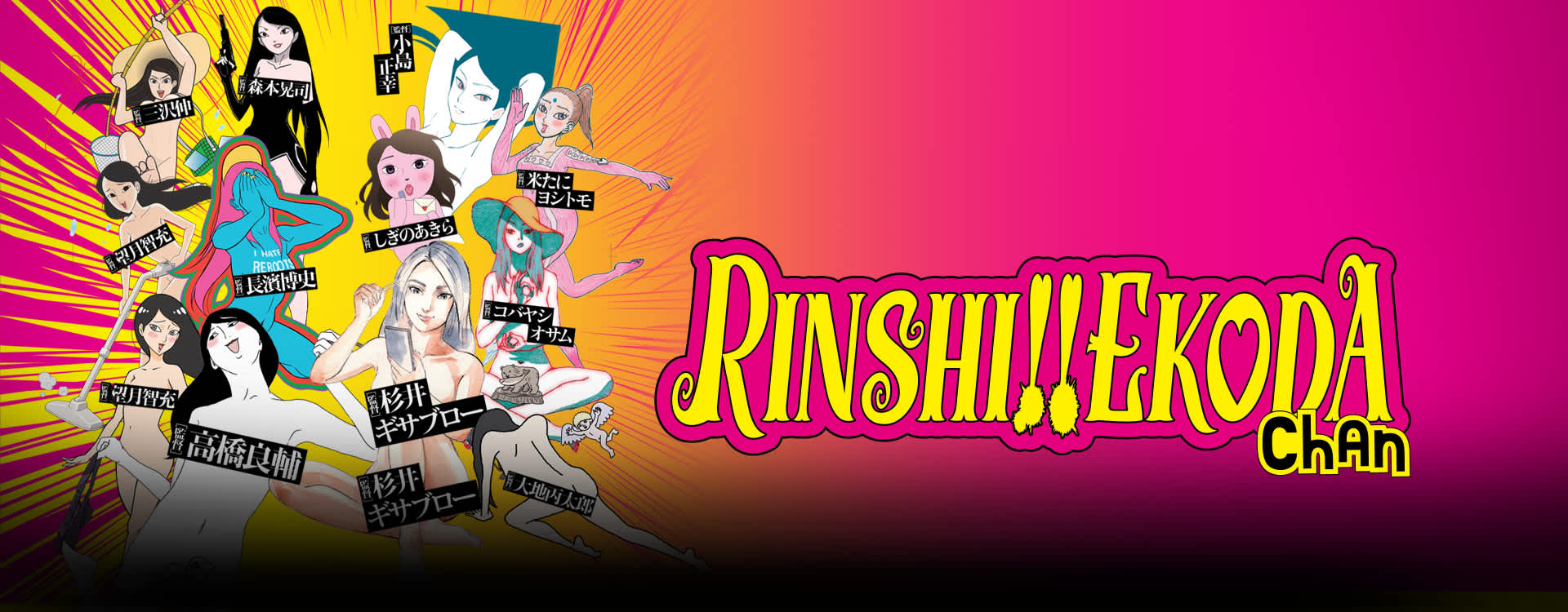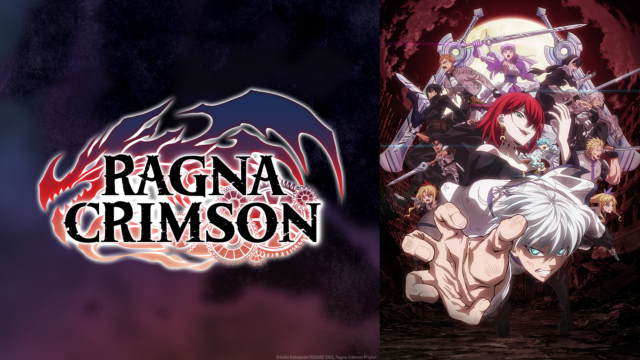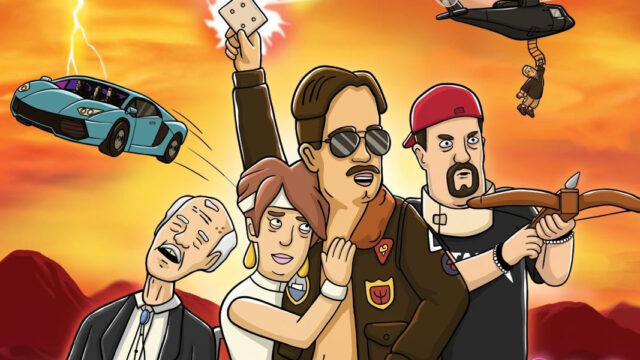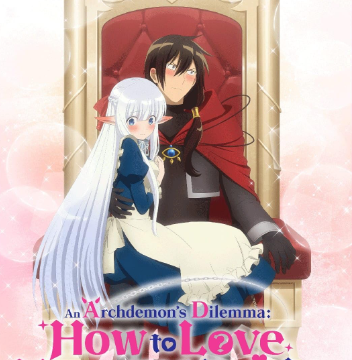English Dub Review: Rinshi!! Ekoda-chan “Episode 3”
These behind the scenes people have lost their minds
We continue this week with another episode of Rinshi!! Ekoda-chan, a show that has five minutes of animation, followed by a twenty-minute interview with the director and voice actor. It never fails to feel like a bait-and-switch, even when you know it’s coming, but this week was the easiest. Episode three is definitely the worst of the series so far.
This may not be entirely the fault of the creators. The jokes this time around just didn’t seem to land at all. Humor is definitely subjective, so it’s possible that I just didn’t find this particular collection of sketches funny, but I couldn’t shake the feeling that these were translation issues rather than any sort of fault with the source material, or even the adaptation. Don’t get me wrong, though, there were plenty of issues with the adaptation.
I will get into the why when I discuss the interview, but the cast of this episode were all transformed into animals. This feels like a shying away from the premise of the show, in which a worldly city girl has a series of misadventures, entirely in the nude. It didn’t really add anything to the content of the episode. Ekoda-chan is a bunny, which is maybe a play on some hostess gear she might wear for work, there’s maybe something about an animal ordering a cheeseburger, and there is talk of some of these animals owning pets but it goes maddeningly unaddressed. It’s almost like the collection consists of sketches that involved animals to further complicate the fact that all of the human characters are animals. If that’s a joke, I don’t really get it.
This episode also includes a few members of Ekoda-chan’s supporting cast that have been hitherto unseen, most notably her older sister. Her older sister is a cat in this adaptation of the source material, and it was kind of confusing if it was her actual sister or just a worldlier friend until they clarified in the interview. She seems like an interesting character, and I hope one of the other directors decides to put her to better use in a later episode.
This episode is also unique for having the most contemporary vernacular. Internet lingo like #bigmood and “don’t @ me” are thrown around pretty frequently, and the voice actress sounds the most like she is speaking to people who are Ekoda-chan’s age. Normally, I would consider this pandering, but the English voice actors sell it pretty well, so I actually don’t have much to complain about there.
By the time I reached the interview section, I was underwhelmed, but far from annoyed. This was about to change dramatically. Director Shigino Akara and voice actress Tatsumi Yuiko have helped me key in what it is that I haven’t liked about these adaptations thus far.
As has been the case in various episodes, Akara doesn’t think particularly highly of this particular directing gig. It’s one thing to take jobs that don’t have your full attention, everyone in the gig economy knows about that, but it’s entirely another to tout that fact in an interview. He also could not have known this, but it does matter. This is the only way that many Americans, myself, included have ever come into contact with Shigino, the man, and it’s not his best foot forward.
What Akara does do, however, is elucidate some of the work of the director. Apparently, the directors choose which strips they adapt. This is why episodes one and three each consisted of a few minute-long shorts, while episode two was one self-contained narrative. Episode one also mentioned a scriptwriter, so I assume these picks are passed along to them in order to do some amount of the adaptation work.
This brought up for me a very specific consideration. Now that we know how the strips get picked for this adaptation, we—as an audience—should spend a little time thinking about who gets to adapt. Every episode, so far, has been directed by an older man. This means that they are the ones who get to pick which strips get adapted. By Akara’s own admission, he picked strips that he could understand explicitly because some of the more female-centric stuff went over his head.
What this tells me is that we are missing out on the female perspective. I feel, now, as if I really don’t have even the whisper of an idea of Ekoda-chan that I thought that I did. I now realize that I have been experiencing her through the lens of these male directors in a way that I hadn’t before. This gives me a pause when I consider the rest of the adaptation too. Akara talks about his journey to become the kind of director that was offered this gig. He started working at least thirty years ago, in a time when opportunities in the animation industry for women were even more stifled than they are today. So, I don’t have much hope of getting a better, more accurate reflection of our heroine in this adaptation.
This brings me back to the animals. Akara did this because he admits that he doesn’t really understand Ekoda-chan, but took the gig because he rarely turns down work. He decided that he didn’t want to deal with a female character’s nudity (he says for aesthetic reasons), so he made her an animal. He also said that he picked strips that he understood and ones that he thought were the funniest. He put nothing forward about theme or how they tie together, or anything like that.
A lack of care totally characterizes every aspect of its adaptation. From the fast-and-loose methodologies for picking collections of shorts, to the direction-light style of the recording sessions, to the very packaging of the series on American streaming services, it’s hard to take Ekoda-chan seriously. And that’s a shame because it’s an interesting feminist piece with a lot to say about contemporary living. It’s just a shame that it was marred by mismanagement at nearly every level.
Score



























Hi Ashley, thank you so much for reading and we love the feedback. Note that on that day we had 14th posts go up and only ten posts show on the front page, so it's possible the preview had already been archived by the time you got to it. One recommendation would be to add our RSS feed to your favorite news aggregator service like Feedly, this way you get all of the latest posts!